ESA Approve Spacetime Observation Mission LISA
29th Jan 2024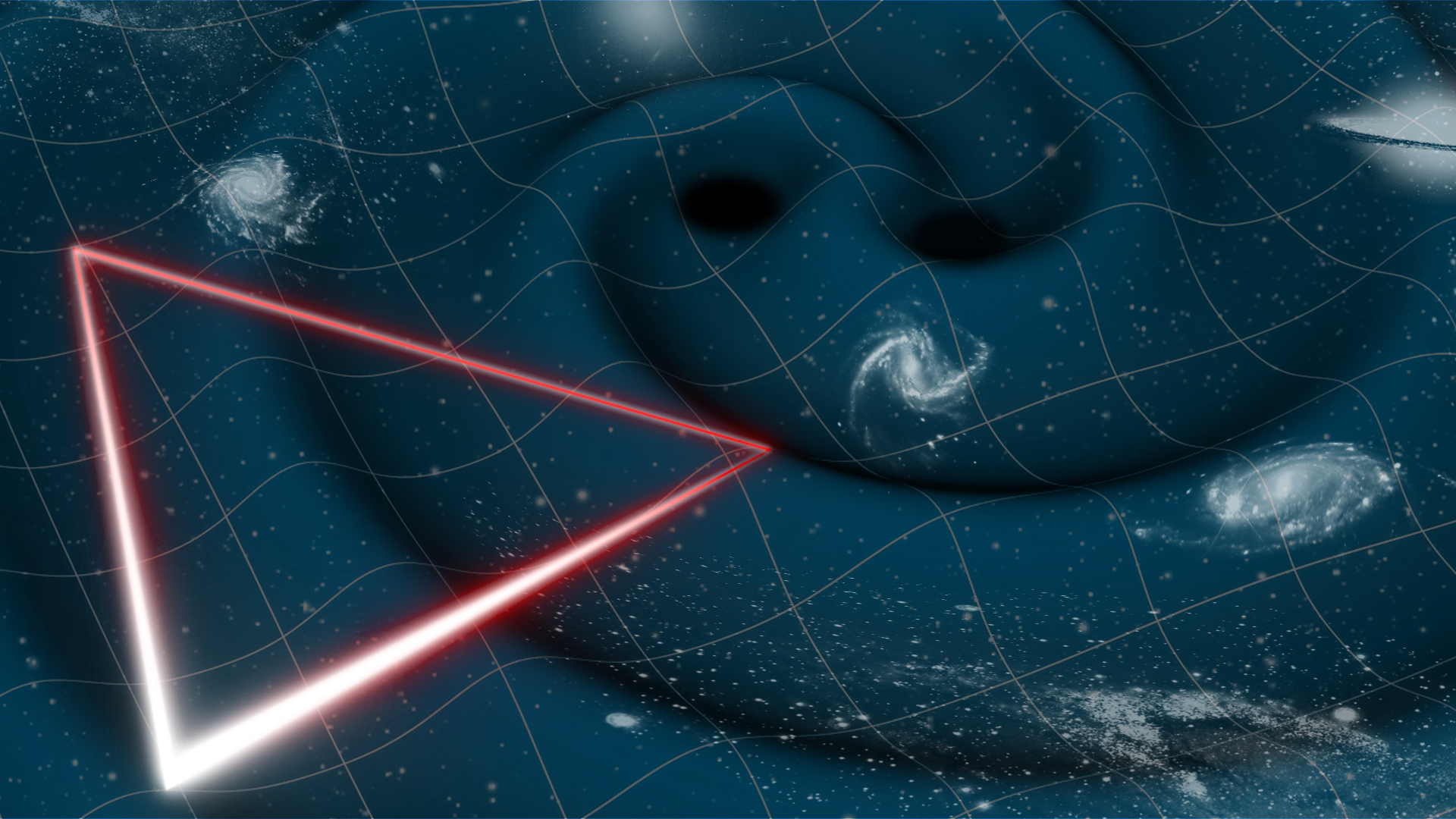
The European Space Agency’s (ESA) Laser Interferometer Space Antenna (LISA), has received approval from the agency’s Science Programme Committee. The project has been formally adopted, meaning ESA can now progress towards designing and building the spacecraft. To do so, ESA is now on the hunt for a “European industrial contractor” to fulfil the next steps.
Significantly, this is the second ‘adopted’ mission announced by ESA this month. They also progressed with their EnVision mission, which will perform a holistic study of Earth’s neighbour Venus. LISA is a collaborative effort from the project’s leader, ESA, its member states, and NASA. A team of international scientists have also been selected, titled the LISA Consortium. As such, LISA’s objective will be to survey and capture gravitational waves generated in space.
LISA mission lead, Nora Lützgendorf, commented: “LISA is an endeavour that has never been tried before. Using laser beams over distances of several kilometres, ground-based instrumentation can detect gravitational waves coming from events involving star-sized objects. To expand the frontier of gravitational studies we must go to space.”
LISA: A First-Of-Its-Kind Mission To Study Gravitational Waves
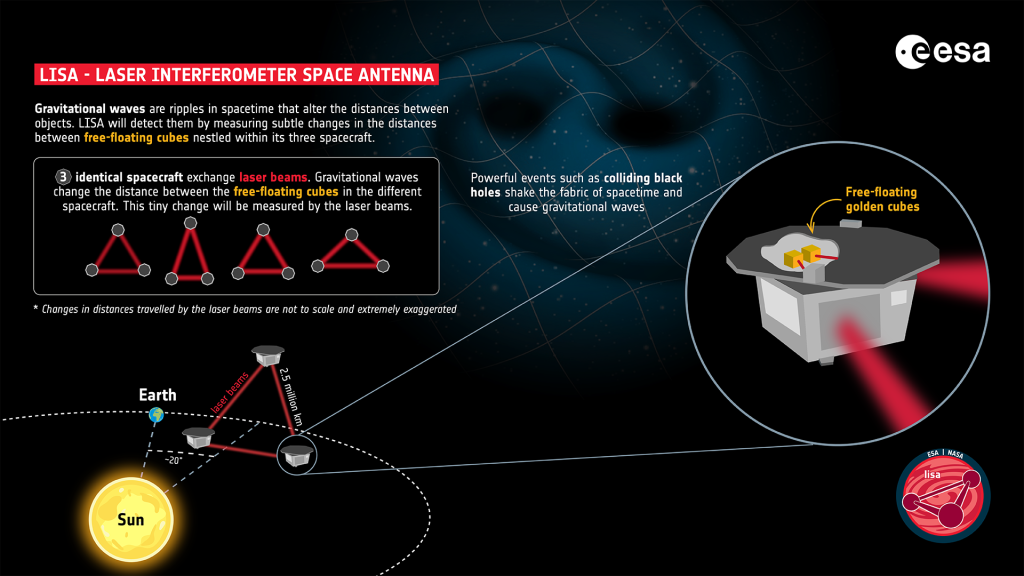
Poised to start work in January, 2025, LISA’s will consist of three satellites, rather than a singular spacecraft. They will be placed in Earth’s orbit and follow the planet rotation around the Sun. Plans are already in motion to launch the novel LISA constellation by 2035 onboard ESA’s Ariane 6 rocket. Once operational, LISA will work in conjunction with their large X-ray observatory, NewAthena, that’s set to launch in 2037.
Each satellite will form a triangle that sits 2.5 million km from one another. Perspectively, this length spans over “six times the Earth-Moon distance”, ESA remarked, forming “an exquisitely accurate equilateral triangle in space”. From there, each satellite will be connected via lasers that will carry across the vast distance.
The project is founded on Einstein’s prediction: “When massive objects accelerate, they shake the fabric of spacetime, producing minuscule ripples known as gravitational waves,” ESA explained. Therefore, scientists will use the spacecraft to “detect these most elusive signals”.
Detecting Gravitational Waves From Black Hole Collisions
To pinpoint the gravitational waves, ESA will study the remnants of massive black hole collisions. These waves are generated when a black hole conflates with another to form the centre points of a galaxy. ESA said “This [research] will enable scientists to trace the origin of these monstrous objects”. Equally, the consortium will aim to identify how these black holes grew and expanded over time “to be millions of times more massive than the sun.” Once this aspect is identified, scientists hope to unveil a black hole’s job within galaxy evolution.
Painting A Picture Of The Universe Moments After The Big Bang
Excitingly, LISA will also attempt to unearth what happened during “the very first seconds after the Big Bang”. In order to do so, LISA will “capture the predicted gravitational ringing from the initial moments of our universe,” ESA said.
Equally, LISA will absorb the information effused from objects in deep space, which will help to identify the universe’s rate of expansion. ESA’s Euclid telescope has already done the hard yards by substantiating the techniques that LISA will use to obtain the results.
Finally, LISA will survey the Milky Way’s amalgamated stars, such as white dwarfs and neutron stars, the agency said. Using this data, ESA will procure “a unique insight into the final stage of the evolution of these systems”. As a result, the consortium will be able to enhance their study of the Milky Way’s structure.
How LISA Will Detect These Gravitational Waves
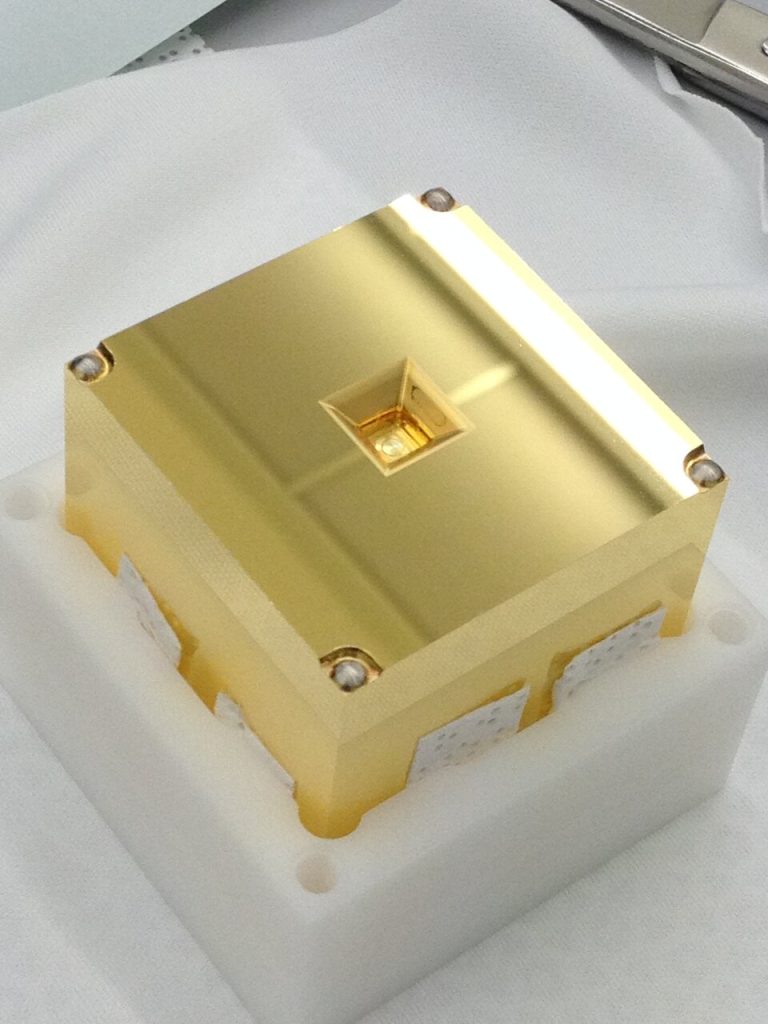
To pinpoint the desired gravitational waves, LISA will be equipped with a pair of solid gold-platinum cubes. ESA said these cubes will be “free-floating in special housing at the heart of each spacecraft.” Once the waves hit LISA it will cause minor alterations to the distance between the masses of each spacecraft.
To control these changes, ESA will trace their movements using laser interferometry. This is where the connecting lasers come into play. The signals from the satellite’s beams will be superimposed to identify the mass changes in very accurate detail: “down to a few billionths of a millimetre.” However, ESA affirmed that LISA’s design must preclude any alterations to the gold-cubes so that “nothing, besides the geometry of spacetime itself, affects the movement of the masses”.
Oliver Jennrich, one of the scientists working on the LISA project, concluded: “for centuries we have been studying our cosmos through capturing light. Coupling this with the detection of gravitational waves is bringing a totally new dimension to our perception of the Universe. If we imagine that, so far, with our astrophysics missions, we have been watching the cosmos like a silent movie, capturing the ripples of spacetime with LISA will be a real game-changer, like when sound was added to motion pictures.”
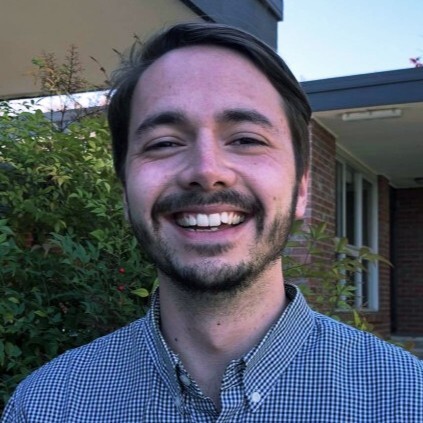




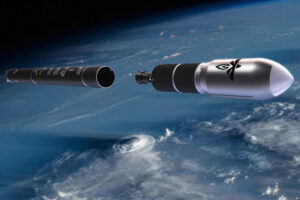

Thank you for your comment! It will be visible on the site after moderation.